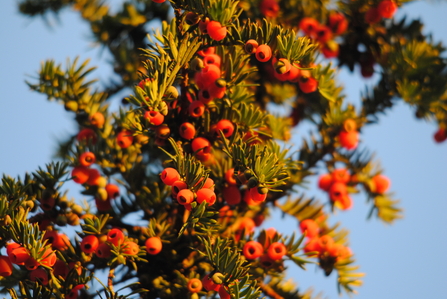LGBTQ+ History Month first appeared in our lives in 2005, and it’s now well established and provides us with the opportunity to enjoy, embrace and learn everything LGBTQ+, with the hope of creating a more respectful and welcoming world. It’s also a month for us to recognise that LGBTQ+ behaviours exist indisputably in the natural world, and applying the norms of society to nature can be a hindrance to our understanding of it.
As you will appreciate, the mechanisms of nature are far from straightforward. They are immensely complex and vary wildly between the different orders, classes, and kingdoms. These natural mechanisms often don’t mirror our cultural norms and trying to shoehorn these intricate systems into outdated thought processes can cause a breakdown in understanding. Reproduction in the plant kingdom for example is often taught by explaining fairly strict male and female roles using male and female reproductive organs. Whilst this is largely correct, it is not the whole story.
Some Yew trees (Taxus Baccata) have been known to change sex part way through their lifetime. In 2015 one of the branches of The Fortingall Yew in Perthshire began sprouting berries - a female only activity - after being recorded as male for hundreds of years [1]. Dogwood (Cornus sanguinea) is hermaphrodite, therefore any one of its flowers contains both the male and female reproductive organs at the same time [2]. This is often referred to as a bisexual, or perfect.






